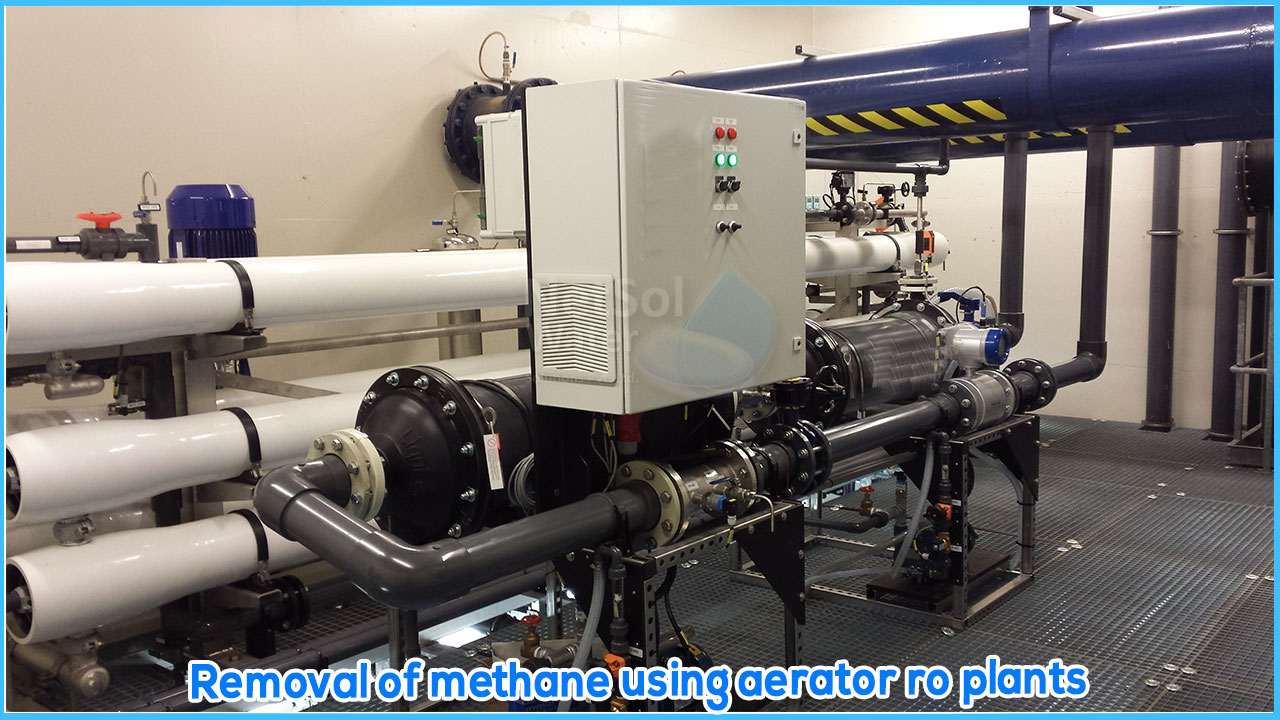Aeration is the process of bringing water and air into close contact to remove dissolved gases (such as carbon dioxide) and oxidize dissolved metals like iron, hydrogen sulphide, and volatile organic compounds (VOCs).
At the treatment plant, aeration is frequently the first important step. Constituents are eliminated or modified during aeration to prevent them from interfering with the treatment process. By exposing droplets or thin sheets of water to the air, or by introducing small bubbles of air (the smaller the bubble, the better) and allowing them to rise through the water, aeration brings water and air into close contact.The turbulence of aeration scrubbing process physically removes dissolved gases from solution and allows them to escape into the surrounding air.
Aeration also aids in the removal of dissolved metals by oxidation, which occurs when oxygen from the air reacts with certain unwanted metals in the water. When these chemicals are oxidized, they fall out of solution and create particles in the water, which can be removed by filtering or flotation.
WHAT IS METHANE AND ITS NEGATIVE IMPACTS
Methane is a colorless, flammable, and explosive gas that can be found in groundwater. It can be generated when organic stuff decomposes. It can be discovered in the water of aquifers surrounding natural gas deposits. Methane tends to give water a garlic flavor. Because the gas is very mildly soluble in water, has a low boiling point, and vaporizes readily, it can be easily eliminated by aeration.
Increased volumes of methane emitted into a structure can reduce oxygen levels, posing a fire or explosion risk. Despite the fact that methane gas gives water a milky appearance that is unsightly, there are no recognized health risks. Methane is not harmful, but it is asphyxiant at concentrations of more than 50% in the air (it displaces oxygen). Asphyxiation in a confined or inadequately vented space, or a potential explosion threat, would be the principal risks for methane. The natural gas industry adds mercaptans to the produced methane gas that enters the pipeline and into the residence as a safety measure.
Methane can enter drinking water in one of two ways. Methane is created spontaneously by subsurface microbes and the decomposition of organic materials. Deep underground storage fields or landfills can also leak methane. Methane may dissolve in groundwater as it moves upward from the source to the surface. If this groundwater is used as a well water supply, dissolved methane could reach homes of people.
HOW TO REMOVE METHANE?
The only way to get rid of methane gas is by aeration or degasification. The problem of methane in the water can be reduced by venting the well casing and/or cap, but it may not be totally eliminated. Another option is to create an atmospheric holding tank where the methane-laden water cap can be evacuated and the gas can escape. This strategy, too, might not be 100 percent effective. To remove methane, an aerator or de-gasifier is the right piece of equipment to use. Water is injected from the top, sometimes via spray nozzles, and allowed to percolate through a packing material.
It is important to remove methane from water using aerated RO plants to get contamination free water.




